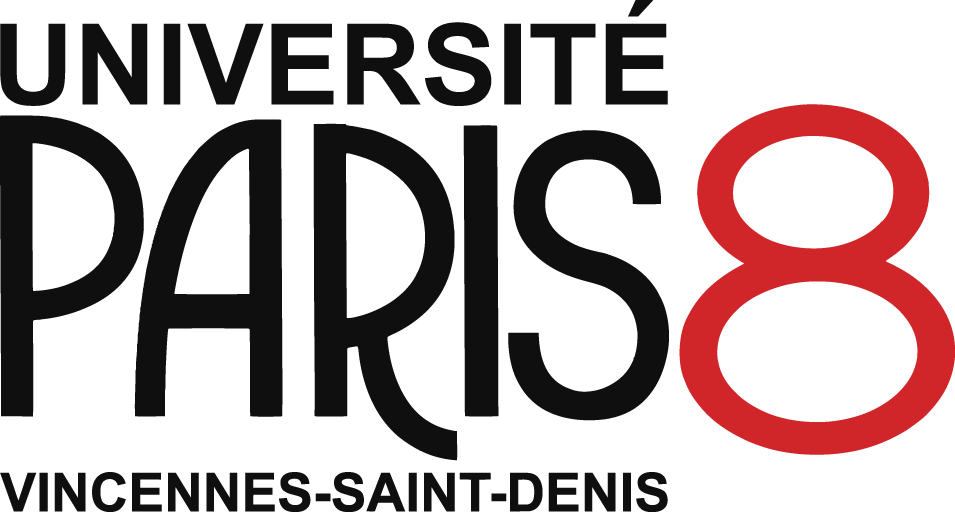Atrocity Exhibition
Atrocity Exhibition
Résumé
While the rough and uncomfortable – sometimes aggressive – music of the British band Throbbing Gristle was from the outset described as industrial, it was not simply because, as the band themselves pointed out, it reflected the brutality of their imme-diate environment: the London district where they had moved to in 1973, Hackney, which was then very run-down. It is also, and perhaps more importantly because, as the band’s singer and lyricist enigmatically put it at the opening of “TG”’s first offi-cial gig at the Institute of Contemporary Arts (I.C.A., London), their music is first and foremost about the “post-breakdown of civilisation”.
Assuming that more than thirty years after the band’s break-up, Hackney still shows signs that may echo Throbbing Gristle’s cultural and artistic world – and thus shed light on the whys and wherefores of the radical formula that defined the band’s practice and musical or visual productions –, I first took a series of twenty photo-graphs around the neighbourhood. Because they play on the obvious indicial charac-ter of the photographic medium, in this case summoning up a theory of the non-rep-resentative sign, the need to accompany each of them with a specific text then be-came apparent to me. A double gesture by which, after J. G. Ballard, I had to update the unthought of an era that could no longer avoid the return of the repressed trau-mas of the Holocaust and Hiroshima.
Si la musique rugueuse et inconfortable – parfois agressive – du groupe britannique Throbbing Gristle (1975-1981) fut dès l’origine qualifiée d’industrielle, ce n’est pas simplement parce que, comme ont pu le souligner les intéressés eux-mêmes, elle re-flétait la brutalité de leur environnement immédiat : le quartier londonien où ils avaient élu domicile dès 1973, Hackney, alors fortement dégradé. C’est également, et peut-être plus encore parce que, comme l’a formulé de manière énigmatique le chan-teur et parolier du groupe en ouverture du premier concert officiel de « TG » à l’Ins-titute of Contemporary Arts (I.C.A., Londres), il y est d’abord et fondamentalement question du « post-effondrement de la civilisation ».
Faisant l’hypothèse que, plus de trente ans après la séparation du groupe, Hackney est toujours porteur de signes susceptibles de faire écho à l’univers culturel et artis-tique de Throbbing Gristle – et d’éclairer ainsi les tenants et les aboutissants de cette formule radicale à partir de laquelle se sont définies la pratique et les produc-tions musicales ou visuelles de ce groupe –, j’ai premièrement réalisé dans ce quar-tier une série de vingt photographies. Parce qu’elles se jouent de l’évidence du ca-ractère indiciel du médium photographique, qu’en l’occurrence elles convoquent une théorie du signe non représentatif, la nécessité de les accompagner chacune d’un texte spécifique s’est ensuite imposée à moi. Geste double par lequel il s’est agi, J. G. Ballard à l’appui, de mettre au jour l’impensé d’une époque qui ne pouvait désormais plus faire l’économie du retour des traumas refoulés de l’Holocauste et de Hiroshima.


